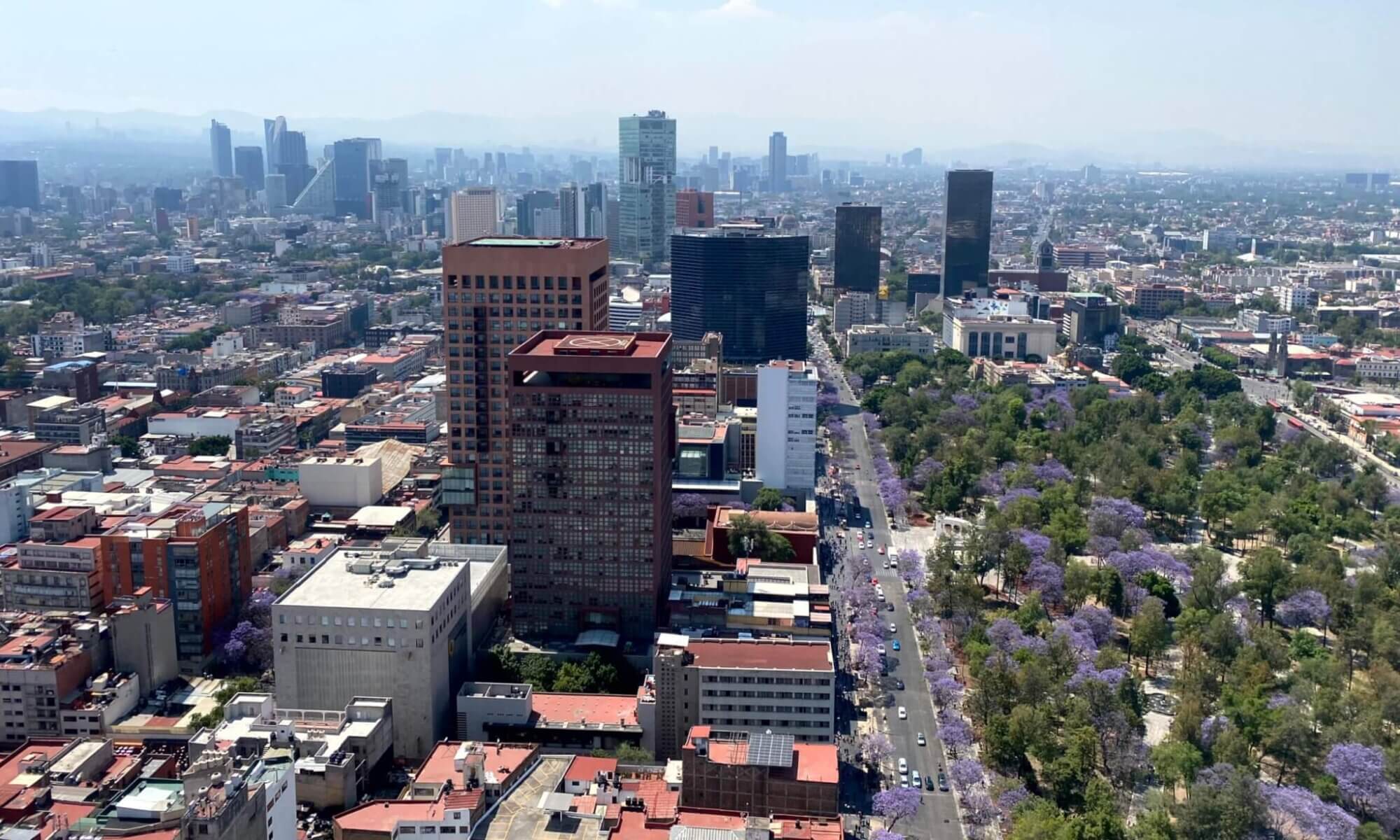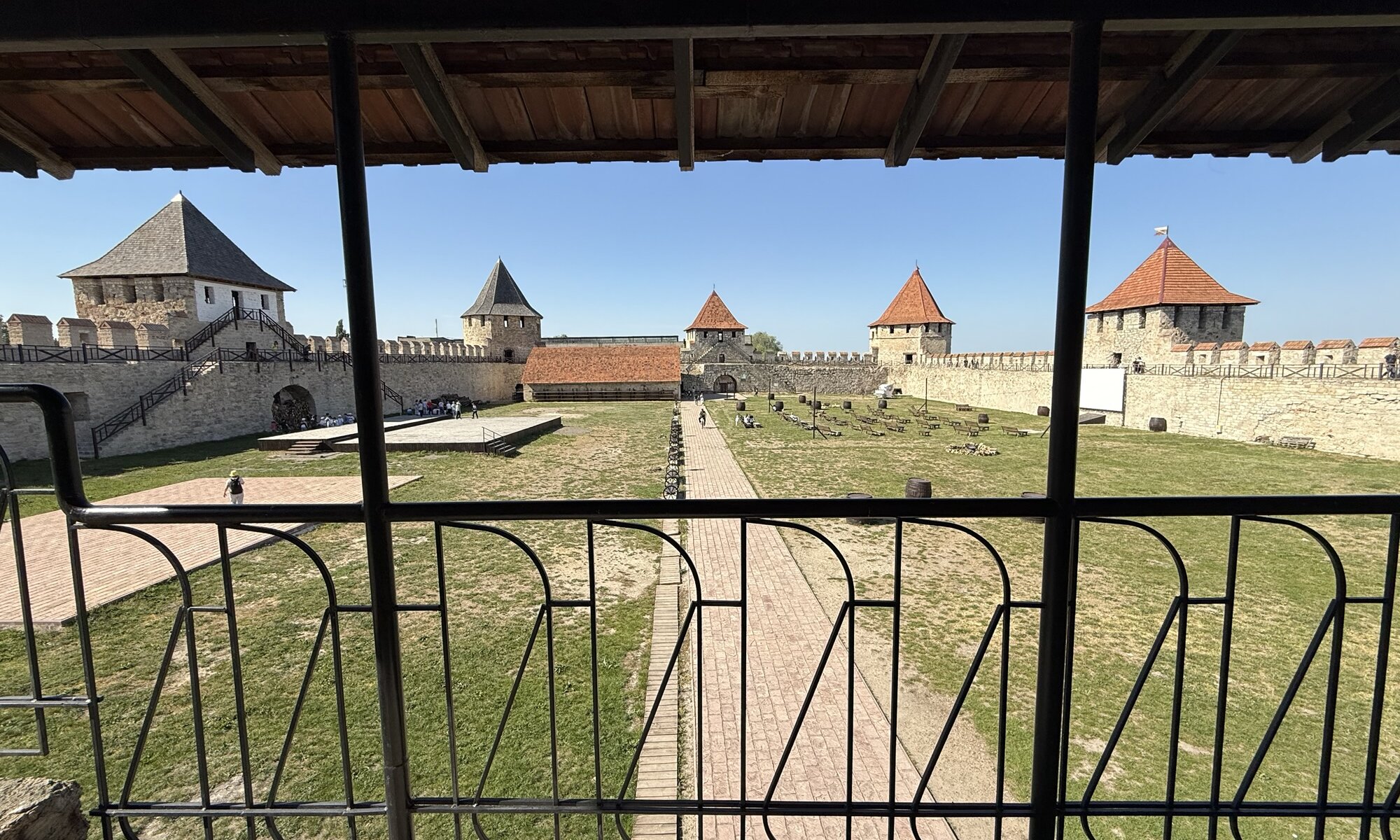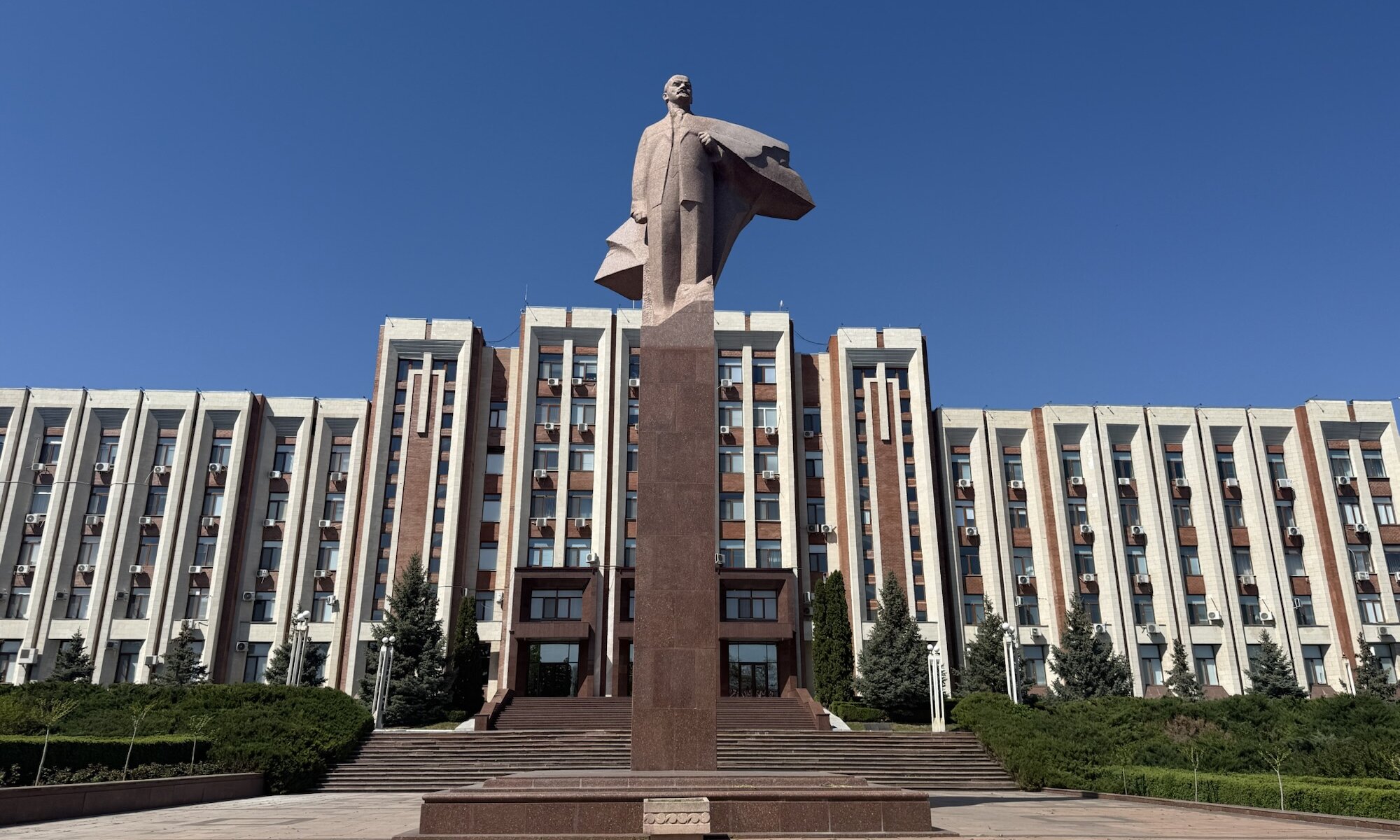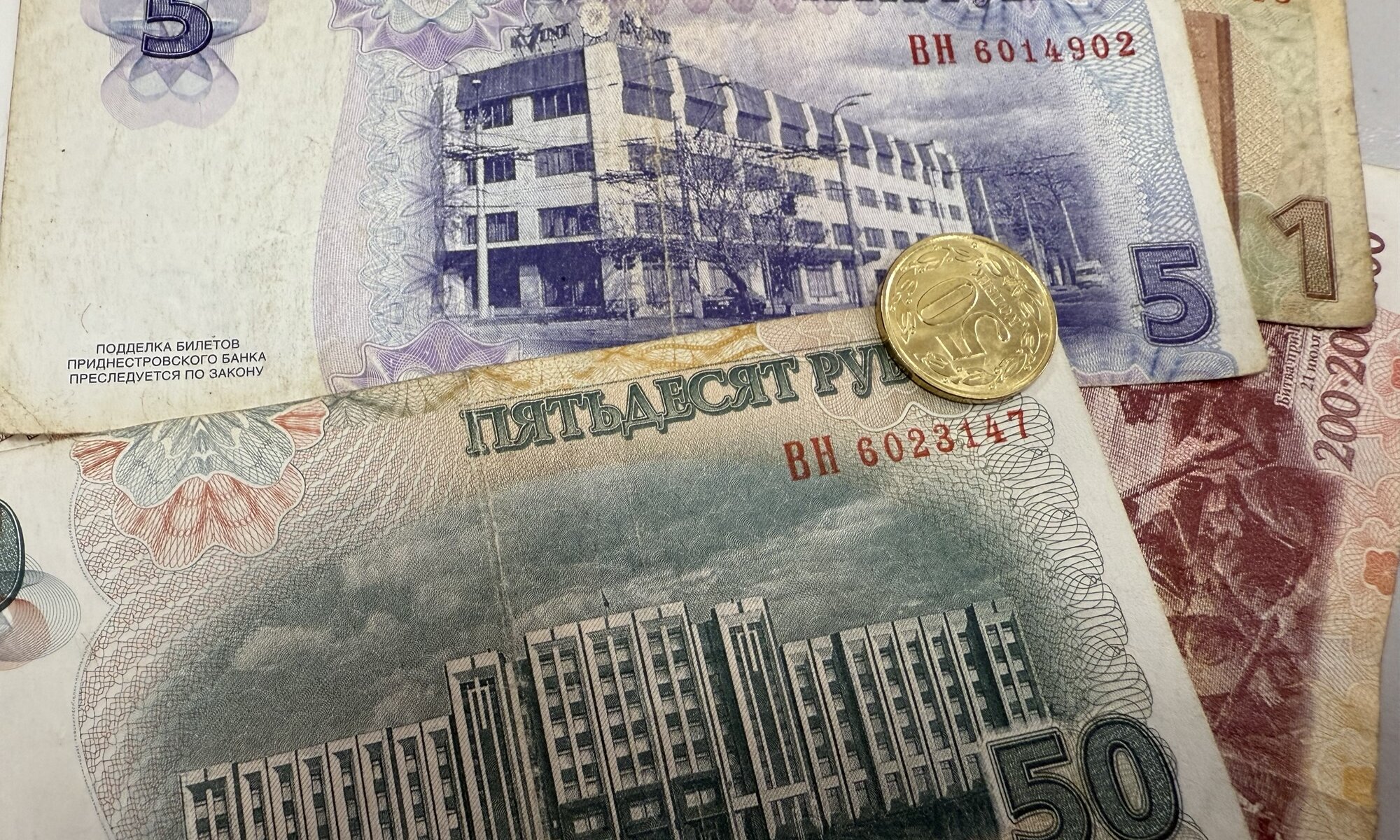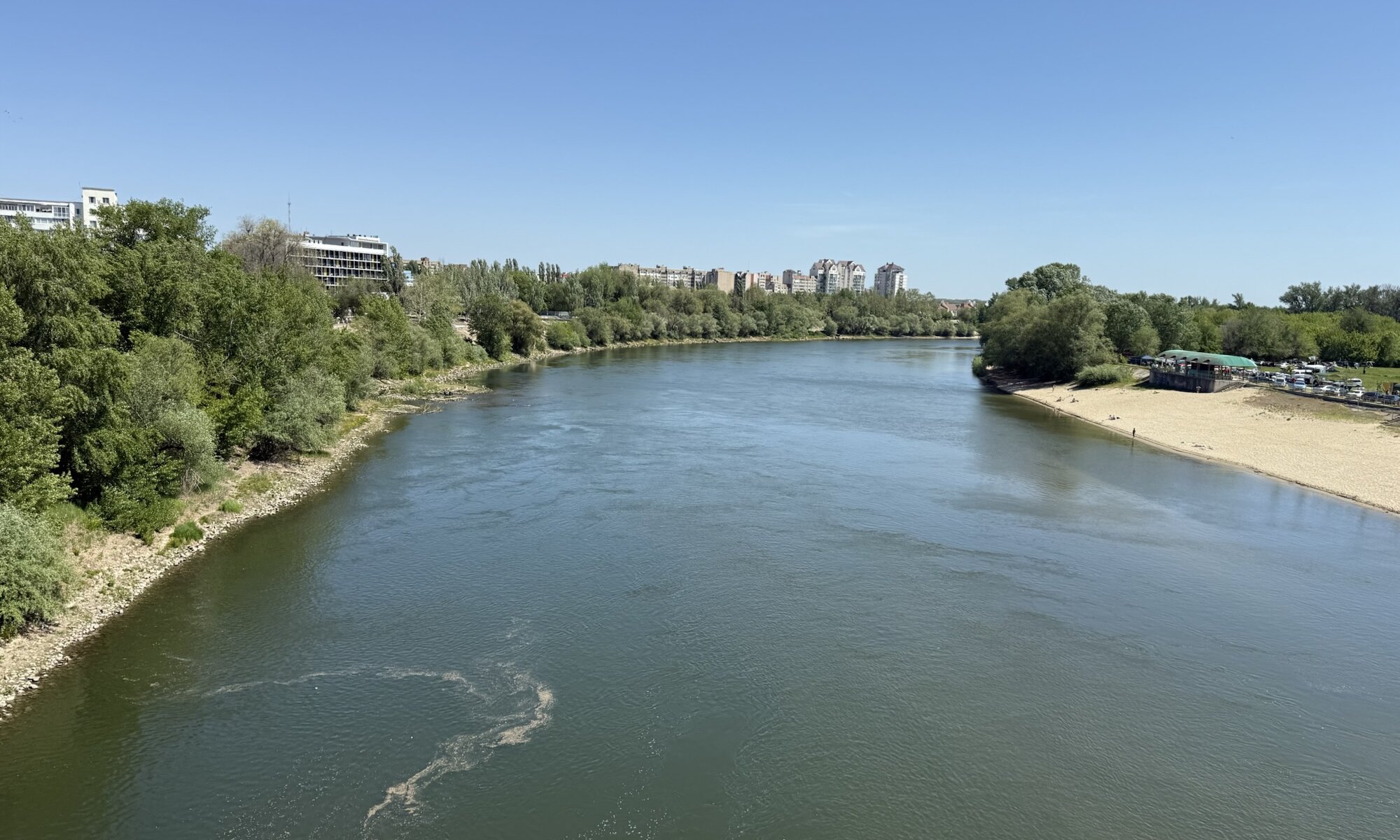The fortress of Bender, also known as Tighina fortress (or Cetatea Tighina), stands as a remarkable example of military architecture on the right bank of the river Dniester in Bender, Moldova. Its origins trace back to the 15th century, with early fortifications likely made from earth and wood, later rebuilt in stone by the Ottomans after they conquered the area in 1538 under Sultan Süleyman the Magnificent. The renowned architect Sinan redesigned and expanded the fortress, transforming it into a formidable stronghold with bastions, towers, and deep defensive ditches, making it a key military outpost for the Ottoman empire and a frequent target for Moldavian, Russian, and Swedish forces throughout history.
Continue reading “Cetatea Tighina”Tiraspol
Tiraspol, the second-largest city in Moldova and the capital of the breakaway region of Transnistria, has a rich history dating back to the late 18th century. The city was founded in 1792 by Russian generalissimo Alexander Suvorov, who is considered the founder of modern Tiraspol. It was established as a fortress to guard the western border of the Russian Empire near a Moldavian village named Sucleia, and was granted city rights in 1795. Throughout its history, Tiraspol served various administrative roles, including being the capital of the Moldavian Autonomous Soviet Socialist Republic from 1929 to 1940. After the collapse of the Soviet Union, Tiraspol became the capital of the self-proclaimed Republic of Transnistria, which has had its own state administration since 1991 but is not internationally recognized.
Continue reading “Tiraspol”Transnistrian ruble
The Transnistrian ruble is the official currency of Transnistria, a breakaway region in eastern Moldova that is not internationally recognized. The ruble, divided into 100 kopecks, was first introduced in 1994, replacing provisional issues and old Soviet banknotes that had been stamped with local symbols. Early issues suffered from high inflation, leading to frequent overprints and the eventual creation of a local mint in Tiraspol in 2005. Today, the currency features both banknotes and distinctive polygonal coins made from composite materials, with designs often depicting historical figures like General Suvorov.
Continue reading “Transnistrian ruble”Pridnestrovie
Pridnestrovie, also known as Transnistria or officially as the Pridnestrovian Moldavian Republic (PMR), is a narrow strip of land located between the river Dniester and the Ukrainian border. This unrecognized breakaway state declared independence from the Moldavian SSR on September 2, 1990, following tensions that arose during the dissolution of the Soviet Union. The region has historically been a multiethnic borderland where Moldovans, Russians, and Ukrainians make up the majority of the population, and it has been ruled by various powers throughout history, including the Ottoman Empire, Russia, Ukraine, and the Soviet Union.
Continue reading “Pridnestrovie”